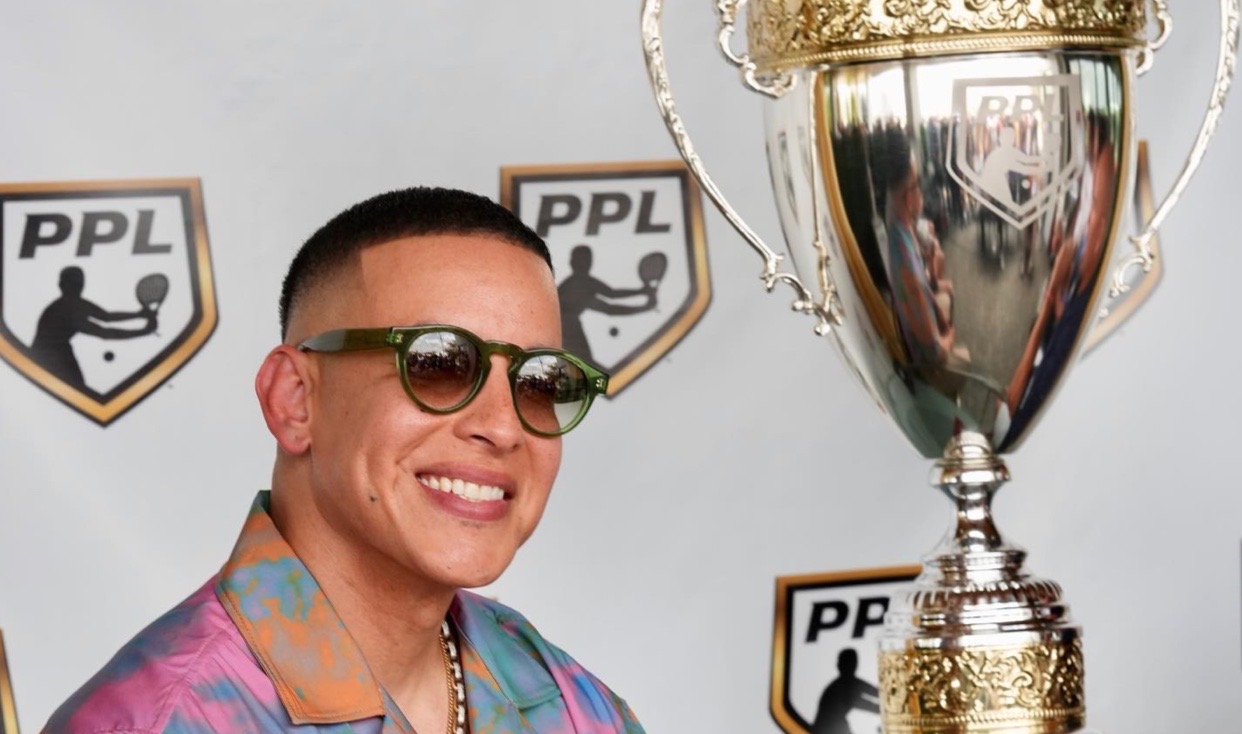Originating in the 1960s, the racquet sport known as “padel” (not “paddle”) has seen a surge in popularity, particularly in Spain and Latin America. In recent years, padel clubs have become increasingly common in the US, with financiers and ex-athletes renting out the glass-walled courts at astronomical prices. This article explores the rise of padel, its differences from pickleball, and its growing influence in the United States.
Padel was first developed by a businessman named Enrique Corcuera, who built the world’s first padel court at his home in Acapulco, Mexico. The sport then spread to Spain, where it gained significant popularity among wealthy Europeans. Padel’s appeal lies in its fast-paced gameplay and the unique use of glass walls, which add an extra dimension to the sport. According to the Business of Fashion, brands like Prada, Valentino, and Richard Mille have promoted the sport, enhancing its elite image.
The Pro Padel League and Celebrity Involvement
The Pro Padel League (PPL) was formed last year by lawyer Keith Stein and former professional tennis and padel player Marcos del Pilar. Over the past 12 months, the PPL has attracted much attention from several celebrities and athletes who have invested in the league. In 2023, Puerto Rican artist Daddy Yankee purchased the league’s eighth franchise in Orlando.
Daddy Yankee, recognised for being a global music legend since 1995, expressed his enthusiasm for the sport at the first-ever PPL press conference, attended by other notable figures like MLS MVP Sebastian Giovinco, 2009 US Open champion Juan Martin Del Potro, former ATP No. 2 Tommy Haas, and League Commissioner Marcos del Pilar. “Padel reminds me of the early stages of Reggaeton in the 90s when it was just starting up. It’s at the same stage, and the Pro Padel League has a big potential to grow the sport and get bigger,” Daddy Yankee said. “I want to be a part of it and leave a legacy.”
Padel vs Pickleball: Understanding the Differences
While padel may resemble pickleball at first glance, there are distinct differences between the two sports. Padel is played on a smaller court, roughly 30-by-30 feet, and requires glass walls, allowing players to hit the ball after it rebounds. This feature sets padel apart and contributes to its higher construction costs, limiting its accessibility to the elite. Pickleball, on the other hand, uses a larger court and does not require the expensive glass casing, making it more accessible to a broader audience.
According to CNBC, the number of pickleball players in the US was reported at 13.6 million in 2023, significantly higher than the number of padel players. However, the Washington Post notes that padel is growing in popularity, with over 25 million active players in more than 130 countries worldwide as of 2024.
Who Plays Padel?
The glass casing required for padel courts makes it challenging for parks and councils to build them, limiting the sport to affluent communities. Wealthy individuals can afford costly memberships or construct private courts. For example, a membership at Padel Haus in Brooklyn, New York, costs at least $2,000 a year, including an initiation fee.
“Miami’s full of South Americans and Europeans that have been playing padel since they were young. So it’s like a sport that’s reintroduced to them. All of a sudden, it became super popular,” real estate agent Marko Gojanovic told Business Insider. Padel is particularly popular among Miami’s foreign upper class, highlighting its status as a sport for the elite.
The Future of Padel
Despite being less popular than pickleball in the US, padel’s popularity is rising rapidly. The US Padel Association (USPA) claims that while there are currently fewer than 300 padel courts in the US, the sport is gaining traction. Recent events tend to sell out, and the number of courts is increasing at a remarkable rate.
With the establishment of the Pro Padel League and investments from celebrities like Daddy Yankee, padel is poised to become even more popular. Although currently less widespread than pickleball in the US, the unique appeal and rapid growth of padel suggest it will continue to attract new players and fans.







